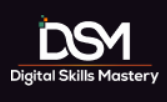1. Online Recruitment Product
An online recruitment company offers candidates and job seekers a website or app to search and apply for jobs. At the same time, these companies also provide the recruiters to post jobs and do a CV search of the candidates who have uploaded their resumes on the website. As a product manager/product professional, you will be responsible for various features of the online recruitment product. A digital project is kicked off to manage all stages of the product development process. In this case study, we will cover ‘Job search’ implementation.
2. What is a ‘Job search’ project?
Various online recruitment sites have this ‘Job search’ and ‘CV search’ facilities like reed.co.uk, foundit.in, indeed.com, jobsite.co.uk, theladders.com or careerbuilder.com. This article will focus on the online recruitment product’s ‘Job search’ aspect.
3. How to start work on a ‘Job search’ project?
It is a reasonably technical project, and you are expected to understand various aspects of search, faceted search, keyword search, filters, taxonomy, tagging, relevance etc. You can follow the steps to chart your plan to tackle such projects.
Step 1: Visualise the components of your Job search project. You can use any wireframing tool to draw out the sketch to help you visualise. See the below example of an online recruitment website where the job seeker can search and apply for jobs.
Step 2: Identify the components to construct your ‘Job search’ project. Use a numbering method to identify the features you must include in this project.
Step 3: Think through the 4 phases of the product development lifecycle and the deliverables that you need to produce for this project.

Wireframe of Job Search Page
4. Critical deliverables in the Discover phase of the product management lifecycle
If you follow the product management lifecycle, you will start looking at the Discover phase of this project. Amongst the various activities, there are 2 main tasks you must accomplish:
Define the OKR of the project
Objective and Key Results are crucial to set the project’s expectations, guidelines and success metrics. The OKR of the project could be set as any of the below and depends on the organisation, their customers, and what they want to achieve.
OKR Example 1) Reduce the bounce rate from x% to y% on the job details page
Bounce rate would mean that the users go to the job results page and find the results irrelevant to what they had searched. Hence, the solution is to increase the search relevance.
OKR Example 2) Increase the conversion rate of search to a job application from x% to y%
Conversion rate means you want more job applications to happen through your product. For an increased conversion rate, the search results have to be accurate & relevant, and the users can apply for the job quickly.
Define the Product Strategy
It would help if you defined your product strategy to accomplish the above-defined objectives & key results (OKR). You could do multiple things to achieve the OKR. While determining the product strategy, you think through all aspects of your product – customers, technical, features, and customer pain points- and then decide which areas to focus on.
5. Necessary deliverables in the Design phase of the product management lifecycle
In the Design phase of the project, amongst the various activities that can be done, there are 2 main tasks you must accomplish:
Analyse the customer feedback/complaints
Reviewing customer feedback and complaints is one of the most essential, laborious, and practical tasks. Many fail to do so because it sometimes feels overwhelming. But, the success of your product is sitting right in front of you. You have to analyse these suggestions, feedback and complaints, put them in buckets, and use them in your product roadmap.
Design the wireframe
The wireframes could be a simple sketch to showcase which areas of the product you are going to modify to accomplish the changes that will help you achieve your OKRs. Mark the areas, features, and pages that will alter and showcase (if possible), those prescribed changes.
6. Important deliverables in the Define phase of the product management lifecycle
In the Define phase, you will use the client feedback analysis and the wireframes to jump further in the process and define specific deliverables that will help your development team to build and launch the product.
Define your product roadmap
Roadmap is a visual representation of how you have planned to work on certain aspects of your product in a sequence either driven by timelines or events or pure sequence, which, when worked upon, gives a sense of product evolution to internal & external stakeholders. You can visualise the next 3-6 months of your product work on this product roadmap
Define your product backlog
Product Backlog is a sequential list of user story headings you need to create. Refer to your product strategy, OKR, and wireframes to define and list your user story headings. When prioritised and developed, these user stories will help you launch a successful product that serves your customers well. In the above example, if I had to make a list of user story headings and prioritise them in a product backlog, I would pick these:
- Improve Keyword search
- Improve Search results
- Implement Sort by date and relevance
- Implement Save search
- Implement Pagination
- Implement Filter results
- Display added filters
- Create Job alert
- Display Auto suggestions on the keyword search entry
- Display sponsored search results
7. Necessary deliverables in the Deliver phase of the product management lifecycle
Once the Definition phase is underway, you can start the delivery process by discussing the prioritised user stories from your product backlog with the development team. You can do backlog grooming, sprint planning, and pick the user stories for your first sprint. These are the tasks that you would do in an Agile Scrum environment. Apart from these mandatory tasks, in the Deliver phase, you must create the following deliverables:
Release plan
As you progress in your sprints, you will know how much can be successfully delivered from your product roadmap. If you are bound by certain real-life events (e.g. New Year) or any specific important date in the industry (e.g., a particular job conference), do your release planning. The release plan will include the items that would be ready to Go Live and what items are lined up in which order following the first release. This will feed into your following deliverable described below.
Marketing plan
Create a marketing plan to inform the internal & external customers about the planned items to be delivered on your product. You will need a communication plan for T-x weeks running till T-3 days of your product launch
The online recruitment product’s – ‘Job search’ project implementation has many more features, such as:
A Job Search project involves a few more product management deliverables, some essential tasks and various technical aspects like:
- Keyword search implementation
- Faceted search implementation
- Display search with texts, images and integrated results view
- Tagging
- Taxonomy
- Key success metrics
- and much more …
Our upcoming eBook will explain the above parts of an online recruitment product in detail; we will also have a short course and series of webinars to tackle complex issues. If you want to know more, drop a line in the comment below, saying what would you like to know more and what is the best way to share that information.



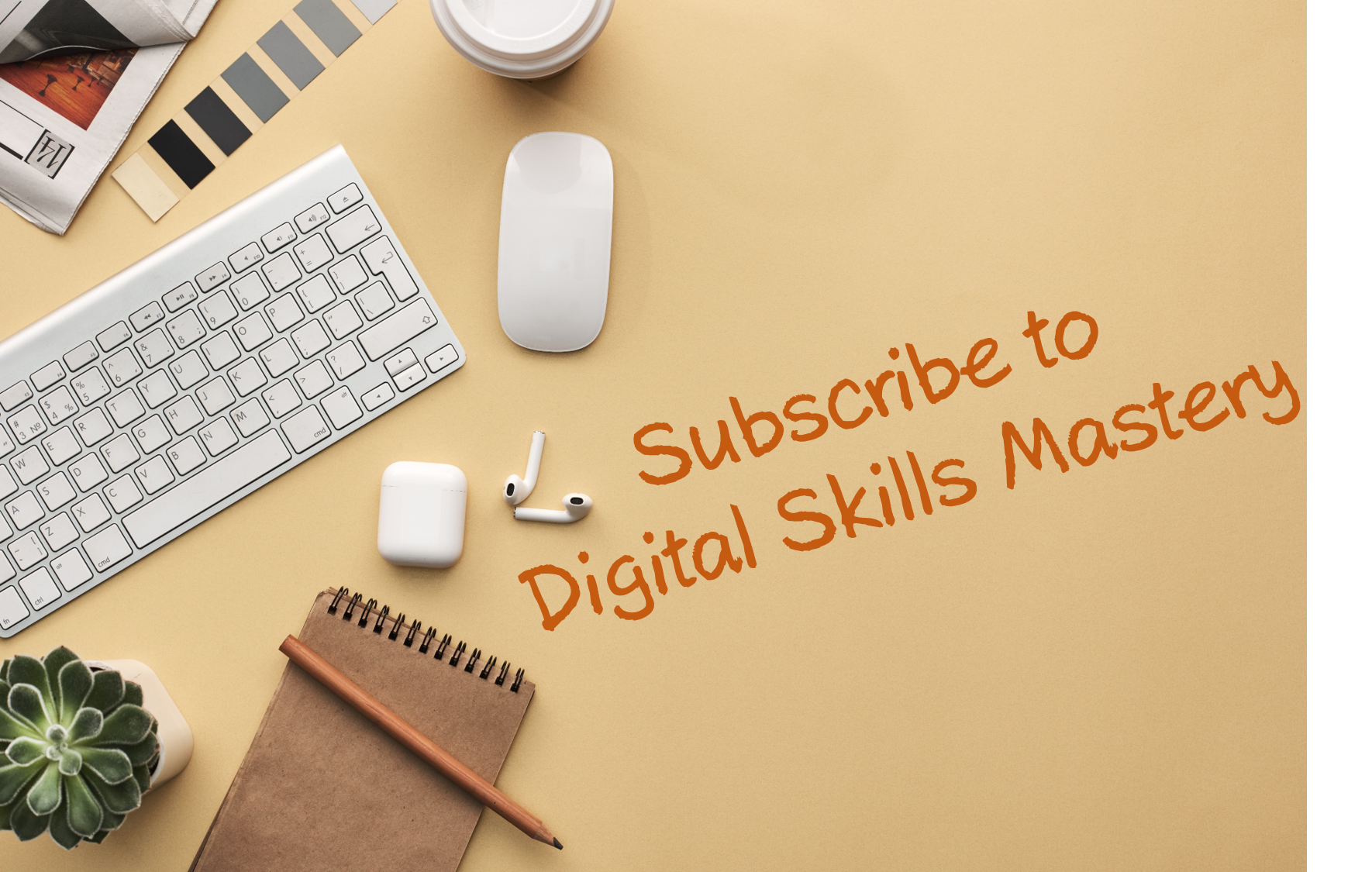



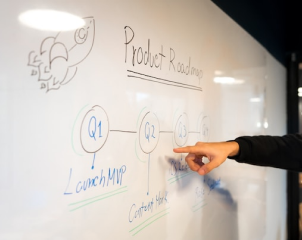




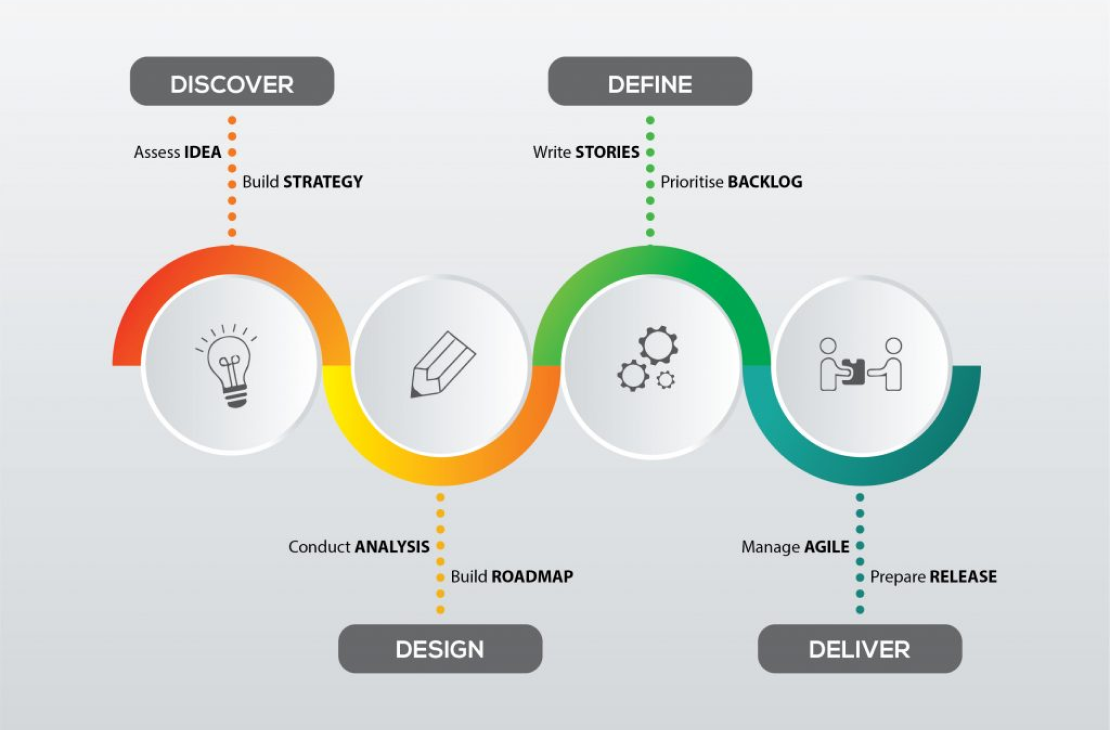
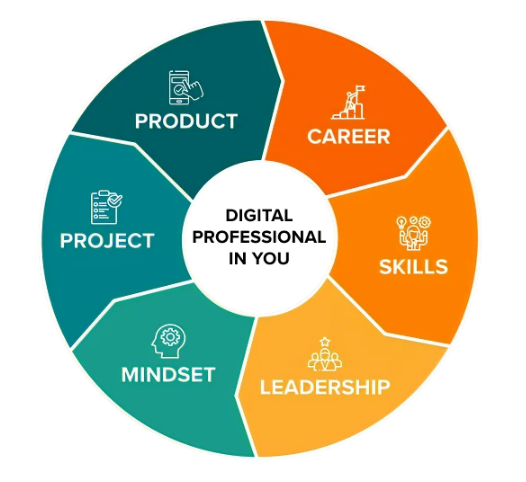
 Home
Home

